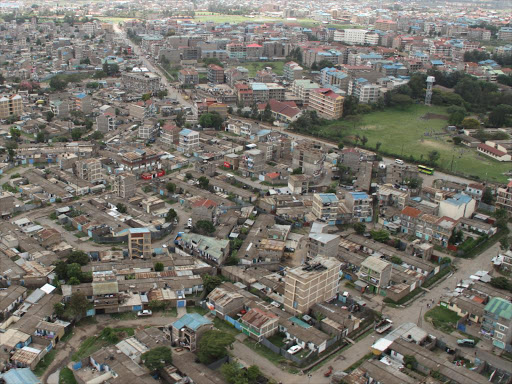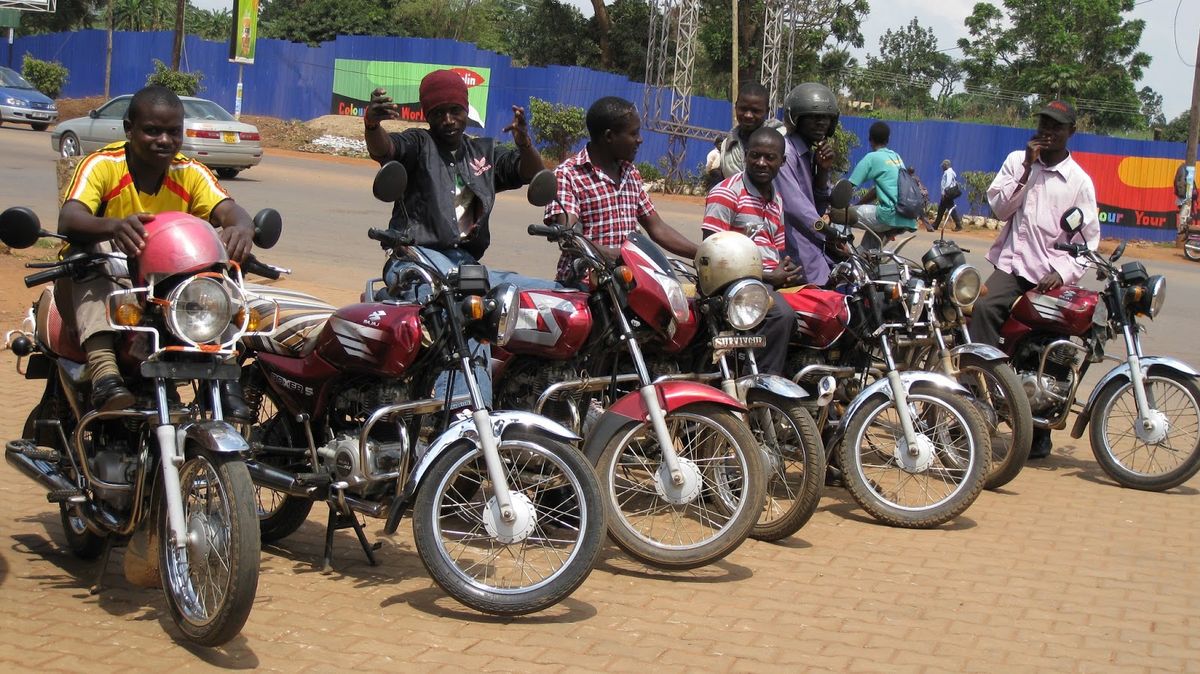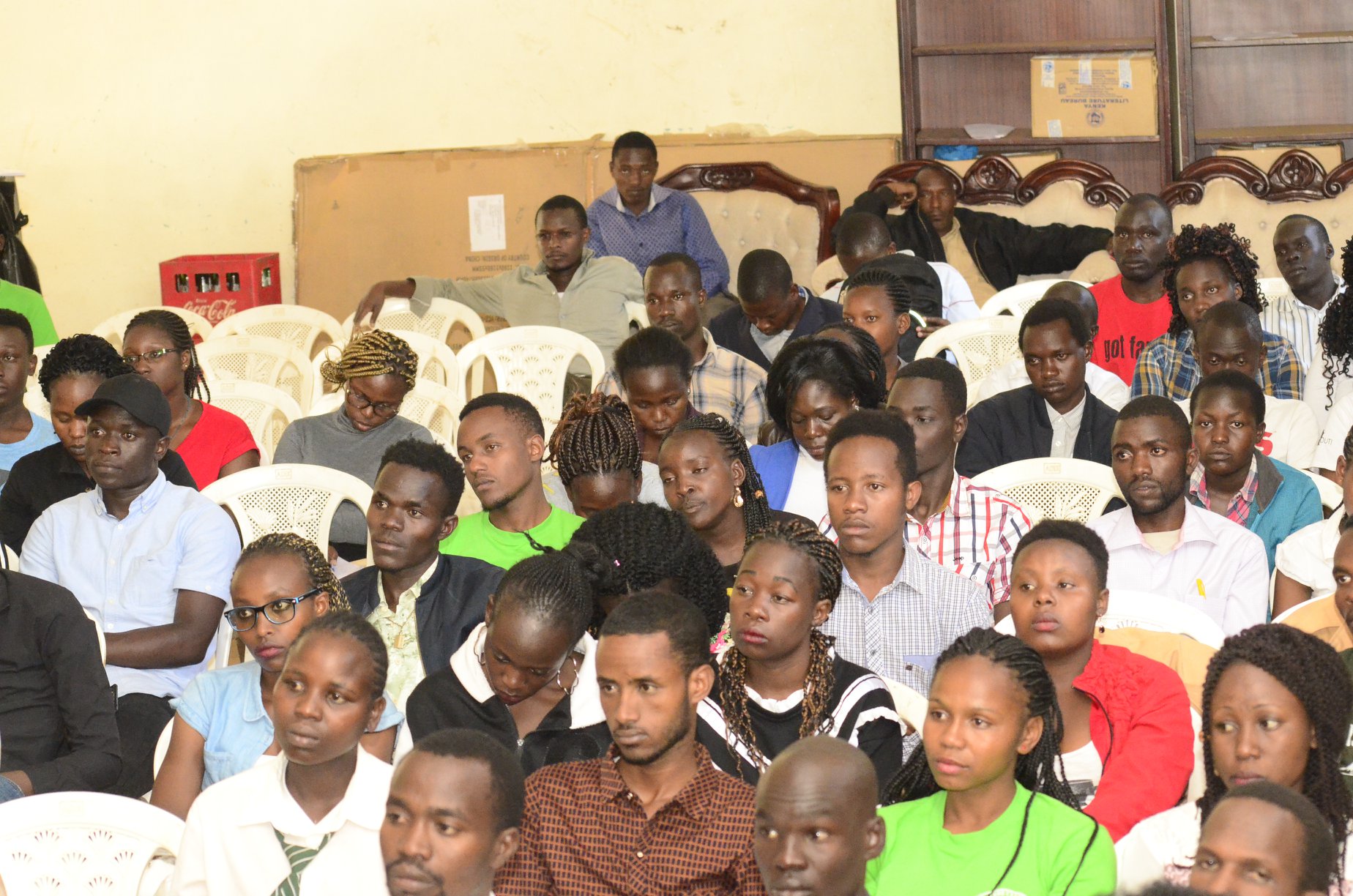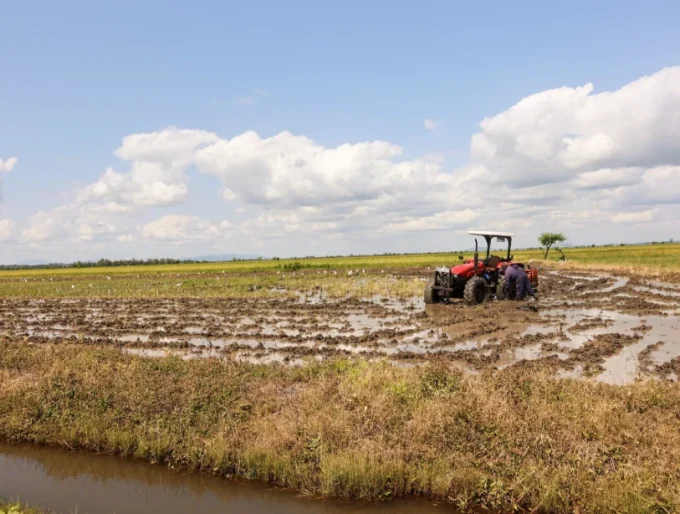Kenya is currently grappling with challenges of food insecurity that have led to increased food imports from the neighbouring countries, even as the shilling weakens further. The irony of Kenya’s food insufficiency plight is that the country has vast arable land and favorable weather that can sustain agricultural activities. Kenya enjoys a bi-modal distribution of rainfall, with long rains occurring between March and April and short rains in October and November.
Why is Kenya importing most of its food yet it has enormous agricultural and human resources that can make it food sufficient? The answer lies in its youth, who play a minimal role in agriculture and food production. As in many other countries in Africa, agriculture is a less attractive venture for Kenyan youth, who make about half of the country’s 40 million people. Most of them are unemployed and many live in rural areas where there are huge arable lands yet they do not engage in agriculture for various reasons, chief among them disregard for agriculture by the youth, lack of training and limited access to credit facilities.
During a recent Agricultural fair in Nairobi, Kenya’s Assistant Minister for Agriculture Gideon Ndambuki noted that the youth in the country participate minimally in food production. Ndambuki said it is increasingly becoming difficult to convince the “Facebook Generation” (the youth) in Kenya to take up agriculture as a business. According to the minister, the average age of the Kenyan farmer is 55 years old, with most of them having retired from white-collar jobs.
The situation is no different in other African countries grappling with food insufficiency problems, where majority of its population are people aged between 15 and 24 years. Yet agriculture is not benefitting from this energetic age- group that is a huge resource for any country. The young women and men prefer to leave rural areas to seek employment opportunities in urban areas.
This has compounded problems for many nations, including Kenya, since when the youth fail to get jobs, the number of the urban poor increases and the country starts to rely on imports since it is not producing enough food.
Analysts note that for Kenya and other African nations to achieve food security, youths must become critical players in the agriculture industry. But why are the youth in Kenya not taking up agriculture? According to Meshack Ambani, an agricultural extension officer with the Ministry of Agriculture in Western Kenya, a misconception exists that agriculture is for old people. “Many people believe you are eligible to engage in agriculture only when you have retired from your job. Then, you will use your pension to buy a piece of land, buy two or three cows, and do some crop farming for your subsistence,” he says.
Thus, he notes that young people will find themselves out of place when they engage in agriculture at a tender age. “People will want to know why you doing the work of retirees. Even your ageing parents may consider you as a failure because you have not gone to the city to look for a proper job,” he says. He absolves the government from blame saying there are many projects targeting the youth in rural area started by the Ministry of Agriculture and its partners. “We have Njaa Marufuku (Kick out hunger). This programme mainly targets youth groups in rural areas. The government was giving up to 1,000 U.S. dollars free seed capital per group to help the youth start farming projects. But people took the money and squandered it. This has slowed the programme,” he says.
Thirty-four-year-old Francis Kariuki, who works in Nairobi and engages in farming in Juja, a town on the outskirts of the capital, says farming needs a lot of patience, which many Kenyan youth lack. “When you plant, for instance, maize or tomatoes, you have to wait for several months before you can make something out of it. This is a long time that people are not willing to wait. They want quick money. Besides that, farming is less fashionable especially in Nairobi,” he says.
Another reason he adds is that farming is expensive, making it out of reach for many youths, since they cannot access credit facilities. “If you want to engage in green house farming, which appeals to the youth, you must have between 2,000 and 3,000 dollars. This is money that a bank or a micro-finance institution will not be willing to give to starters, especially when they know you are going to spend it on agriculture,” he says. He adds that banks consider agriculture a risky business venture because of erratic weather patterns and climate change.
But all is not lost, the Kenya government, in collaboration with its development partners, has launched various programmes to encourage the youth embrace agriculture. One of them is dubbed “Farming is Cool.” The initiative exhorts the youth to take up agribusiness through the use of green house technology. The government also set aside 880,000 dollars in this financial year, which will be used to purchase green houses for various youth groups, across the country.
Through the initiative, the government hopes to bring down the average age of the Kenyan farmer from 55 to 30 by the year 2020. (Xinhua)
















































![Pula Co-Founders and Co-CEOs, Rose Goslinga & Thomas Njeru. Pula provides agricultural insurance and digital products to help smallholder farmers manage climate risks, improve farming practices and increase their incomes. [ Photo / Courtesy ]](https://businesstoday.co.ke/wp-content/uploads/2021/01/Pula-Co-Founders-and-Co-CEOs-Thomas-Njeru-Rose-Goslinga.jpg)




























































Leave a comment